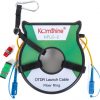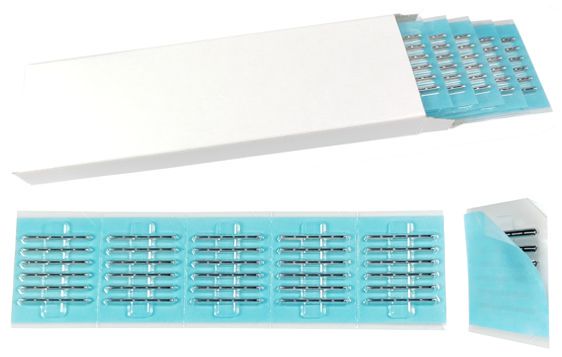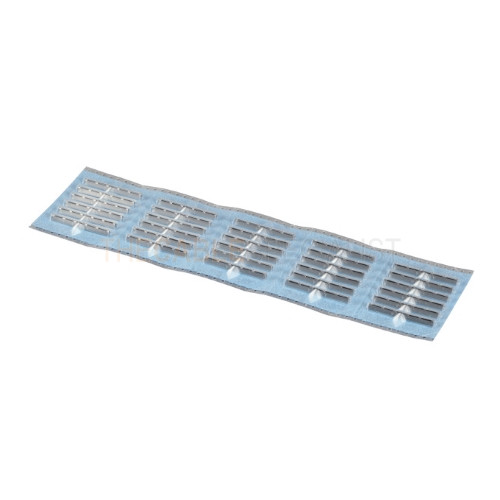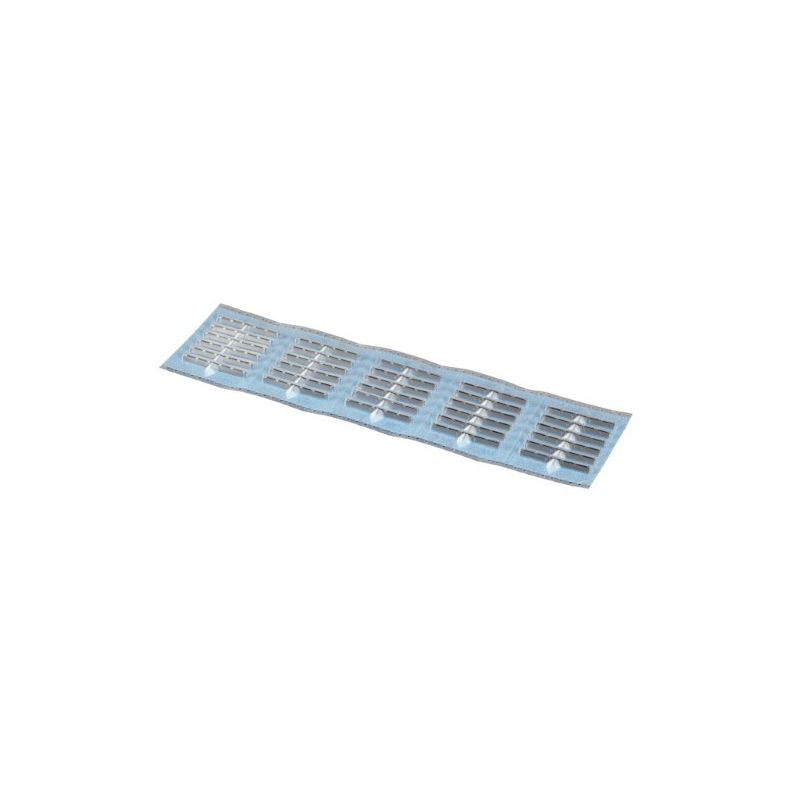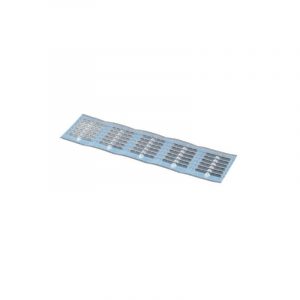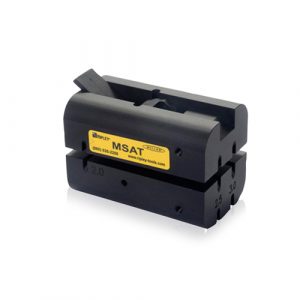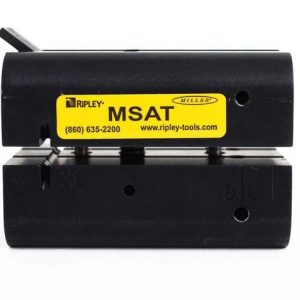ANT Splice Protectors (1 box = 120 pieces)
Our Crimp-splice-protector from ANT/Telent protect the fiberoptic-splice of environmental impacts. With a Splice-Protector-Press they are installed fast and protect the splice for a long time after installing.
- Aluminium metal base with durable plastic
- Easy and fast installation
- For all optical fibers up to 250µm
- No Chemicals needed
- Without using external energy such as heatsource, etc.
- No increase in attenuation
- Corrosion-restiant

- Outer dimension after crimping: H=3,2 mm /- 0,1mm; W=1,2mm /-0,1; L=30mm /-0,5mm
- Outer dimension befor crimping: θ=60° 0/-5°
- Mechanical protection of fiber optic splice,
- Flexible laying of fiber optic splice,
- Waterproof and hermetic protection of fiber optic splice,
- Very short installation time
- RoHS compliant RoHS
- Packing: 120pcs to one carton
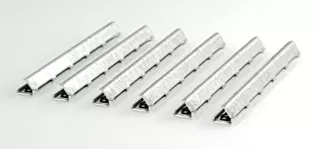
Fiber optic splice ANT protectors series are applied in nearly all branches optic fibers engineering. They are used to protect fiber welds in fiber optic splice closures as well as 19″ rack fiber optical distribution panels, stand and wall boxes. Small size, tightness of connection and speed of installation are the main advantages of this solution. Excellent climatic and thermal properties make it ideal to use in closed and open spaces. The main goals during design phase were: full protection of the fiber optic splices, small size after crimping and short installation time. The final products are checked for fiber optic splices protectors V-PROTECT compliance with the requirements set out in TS 0338/96 Deutsche Telekom and EN 50411-3-3 European Standard. The sleeves we produce offer full protections the fiber optic splices. They do not cause additional insert losses, and they offer protection against mechanical damage, pollution and weather conditions.
ANT series has a small external dimensions (L = 30mm, H = 3.2 mm, W = 1.2 mm). The protector consists of a 0.3mm thick aluminum body and 0.3mm thick butyl strips (PIB mass). This solution allows the use of the protector to fibers with a coating of 250um or smaller. The mass strips are made of butyl mass with very good adhesion to many materials and low solubility in water. Aluminum body reinforcing stiffener connection is made from high quality aluminum strip. When crimping the protector, the optical fiber is tightly immersed in the mass filling the space between the fiber and the aluminum body. This casing design eliminates air bubbles. It also prevents transverse and longitudinal stresses in the weld splice during the clamping process. Stresses significantly increase the insertion and reflection loss of the connection. In extreme cases, they can lead to breaking the connection, which means repeating the welding procedure. The protector guarantees durability and resistance to crushing, stretching and puncture.
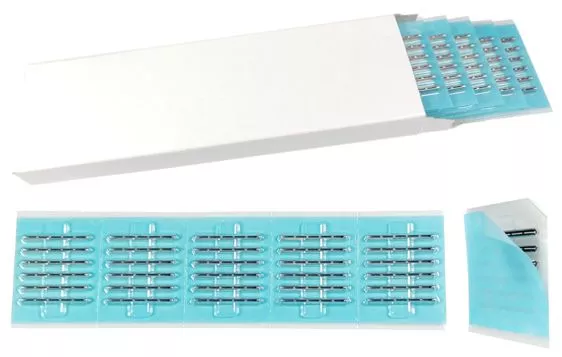
Related products
Fiber Cable Stripper
Optic Fiber Accessories
Fiber Cable Slitter
Miller MSAT Series Buffer Slitter, 3-Channel Mid-Span Fiber Access Tool
Optic Fiber Accessories
Optic Fiber Accessories
Optic Fiber Accessories
Optic Fiber Accessories


